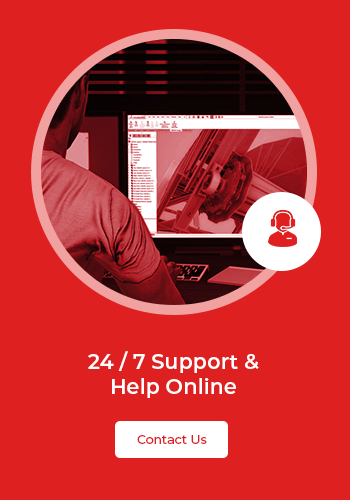How to Cut Steel Reinforced Conveyor Belt?
There are plenty of reasons why cutting your conveyor belt might be necessary, and while it’s a perfectly ordinary course of action, it can get tricky if you’re attempting to slice up steel cord conveyor belts. This is partly because they tend to be stronger and more durable, rendering weaker tools fairly useless at times.
Thankfully, there’s more than one way to cut a belt. If you need extra support, here are several tips to help you cut your conveyor belt into the perfect size for your needs.
Why Would You Cut Your Belt?
You may find the belt has not been cut properly at the factory, so the sides need trimming down. Perhaps you’re reorganizing your workspace and simply need to retrofit your belt to your new roller setup, or you might be attempting to repair it by cutting away some rough edges. Whatever the reason, you need to make sure you measure properly.
Measuring and Squaring
The first step is to ensure that you’ve turned off the power to the belt and that you’re not trying to cut it while it’s surrounded by machinery. Safety should always come first and foremost.
Before you make any cuts, it’s important that you’ve properly measured and squared your belt; otherwise, there’s every chance a little mistake will damage the longevity of your entire system.
Squaring your cut is extremely important to the belt’s integrity, so you may want to use the reliable centerline measuring method to do this. It only takes a few minutes, yet skipping the squaring process can result in an uneven belt and, therefore, unable to properly distribute weight, shortening its lifespan.
The centerline method involves using a measuring tape and a piece of chalk to mark the points on the belt and a square rule to draw a line that’s perpendicular to the center of the belt. By measuring the width of the belt and then marking several center points, you can use your square to join your measurements together to get the average centerline.
Using the Right Tools
A box cutter or a utility knife could seem like an affordable cutting option, but they may struggle when cutting a reinforced steel belt. However, this isn’t always true, so it’s worth checking the specifics of your cutting tools in relation to your particular belt.
Whatever the case, important that you use the right tools to make your cuts as precise as possible. Avoiding fraying and aiming for accuracy is also a must, as even the slightest error may impair the belt’s ability to operate to its full capacity.
Your best bet when cutting steel could well be to use a specialized mechanical belt cutting machine. You might want to get a handheld version of a belt cutter if you want a more cost-effective and portable alternative to an upright machine.
Ideally, one cut should be able to do the trick. Multiple cuts may reduce the accuracy of your squaring and result in a poor splice, so try and keep the action to a controlled minimum. Plus, this can also help you minimize cutting times.
Replacement Conveyor Belts
While cutting your belts can be a good way to rejuvenate your conveyor system, investing in a replacement belt may be a better alternative, especially if you need to save time and don’t want to compromise the overall quality of your setup.
Replacement conveyor belts are our specialty, so we’d love to help if you’re searching for a new solution to your transportation needs – please don’t hesitate to reach out to our friendly team for support should you require it.



